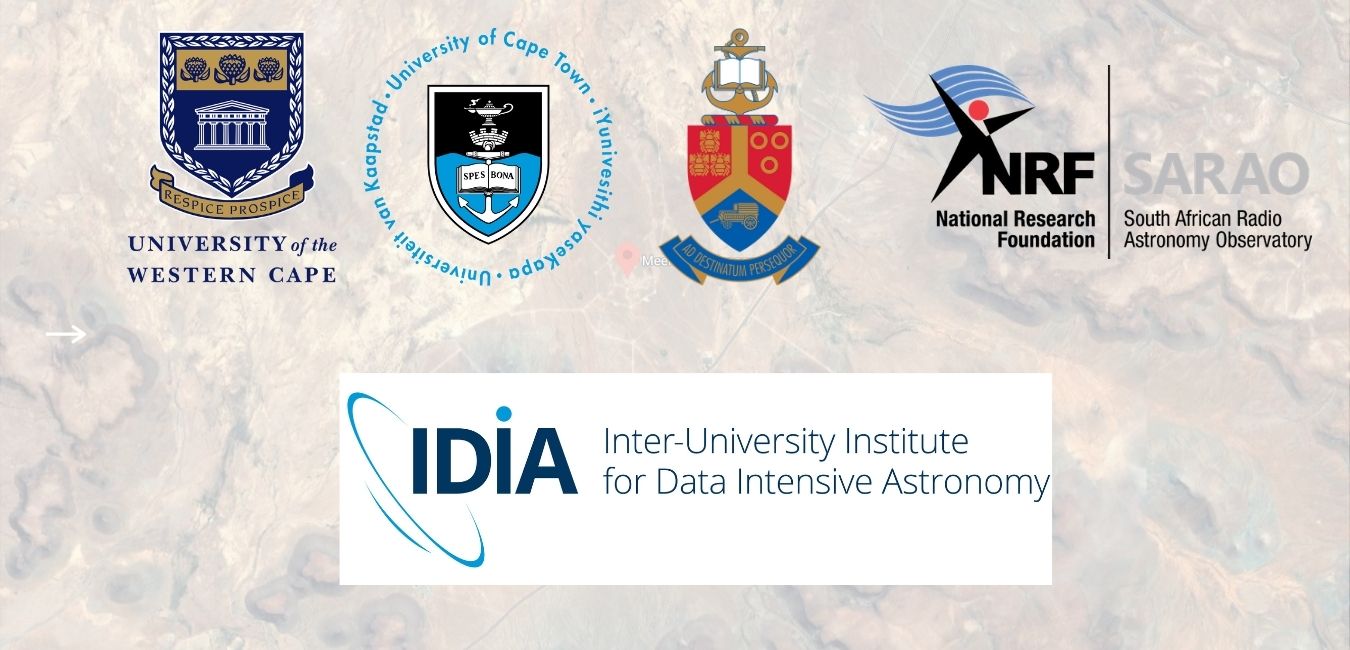IDIA language project and more in uwc 360º Perspectives Magazine
In an issue packed with retrospectives and news from UWC’s 60th Anniversary year in 2020, IDIA’s language project with the UWC Xhosa department to translate Astronomy resources into isiXhosa get an honourable mention. We also congratulate our Senior research Prof. Mario Santos for his NRF A-rating, a great achievement. Finally, there is also mention of our colleagues from Bioinformatics, and … Read More










